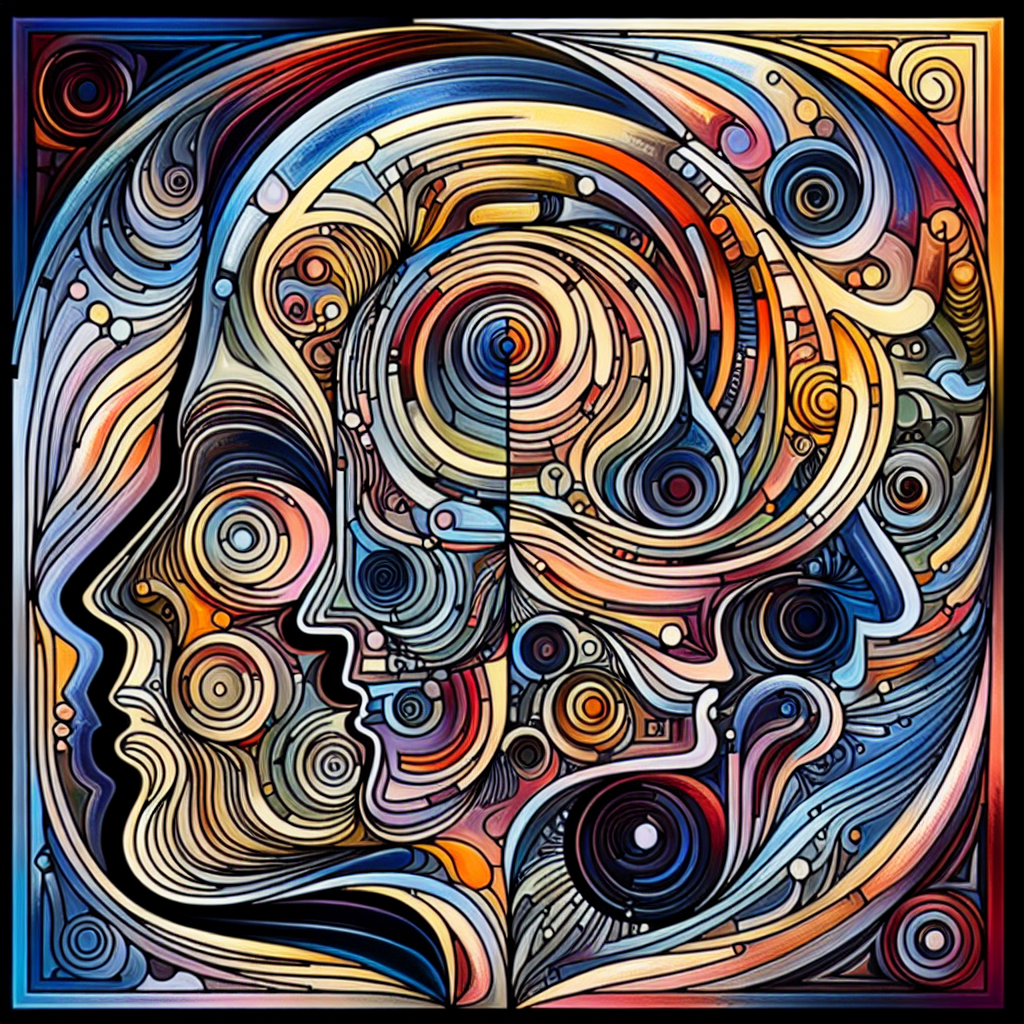Emotions are the universal language we all speak—an expressive dance played out on our faces. Imagine, however, a world in which your face remains an unmovable stage, devoid of its most dynamic performer. This is reality for those with Möbius sequence, a rare neurological disorder characterized by congenital bilateral facial paralysis. The typical choreography of […]
Tag: Eye movements

Nesfatin-1/NUCB2: A Sleep Revolution in a Lab Rat’s Dream World
Introduction: Entering the Dreamscape Imagine a world where sleep is not just a nightly routine but a complex orchestra of hormones and proteins that guide us through rest and recovery. For many, sleep is a sacred retreat, but for millions suffering from sleep disorders, it’s a battleground fraught with tossing, turning, and an endless cycle […]
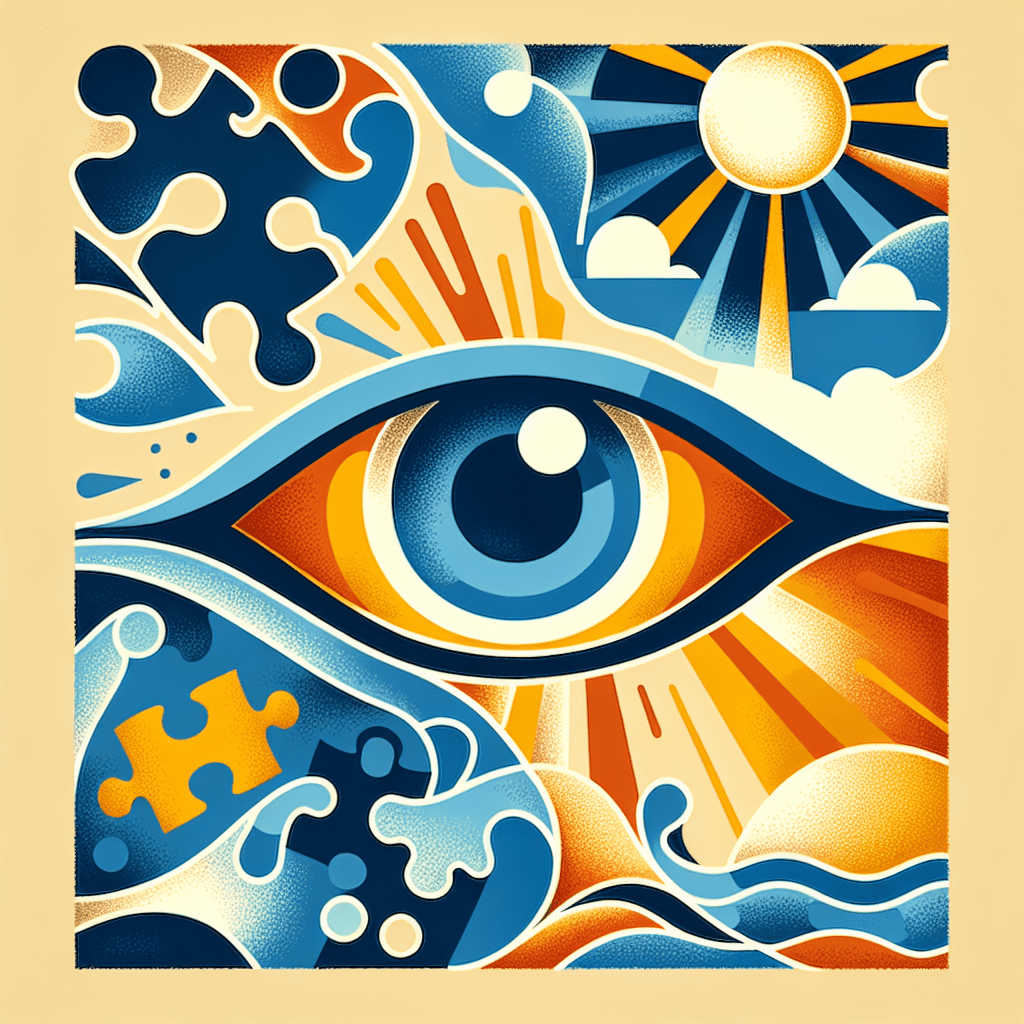
Understanding Eye Gaze in Autism: A New Perspective
Introduction: The Window to Our Social World Imagine a world where reading the nuances of a face is as perplexing as deciphering an ancient script. For many children with Autistic Spectrum Disorders (ASD), this isn’t just an imaginative exercise—it’s a daily reality. Our eyes are fundamental to communication, often revealing feelings and intentions that words […]

Exploring the Illusion of Choice: Are We Really Free to Choose?
Introduction Picture this: you’re in the audience of a packed theater, heart pounding in anticipation as the stage magician seems to pluck your chosen card straight from your mind. Was it magic? Or was it something far more ordinary yet extraordinary—an illusion playing on the very complexities of human psychology? Such is the fascinating paradox […]
Eye Movements to Natural Images as a Function of Sex and Personality
Data in this article is provided by PLOS. Related Articles Unraveling the Invisible Ties: How Family and Environment Shape ADHD in Chinese Children Impulsive Action but Not Impulsive Choice Determines Problem Gambling Severity Time Perception in Children with Autism: A New Perspective** Differential Deactivation during Mentalizing and Classification of Autism Based on Default Mode Network […]
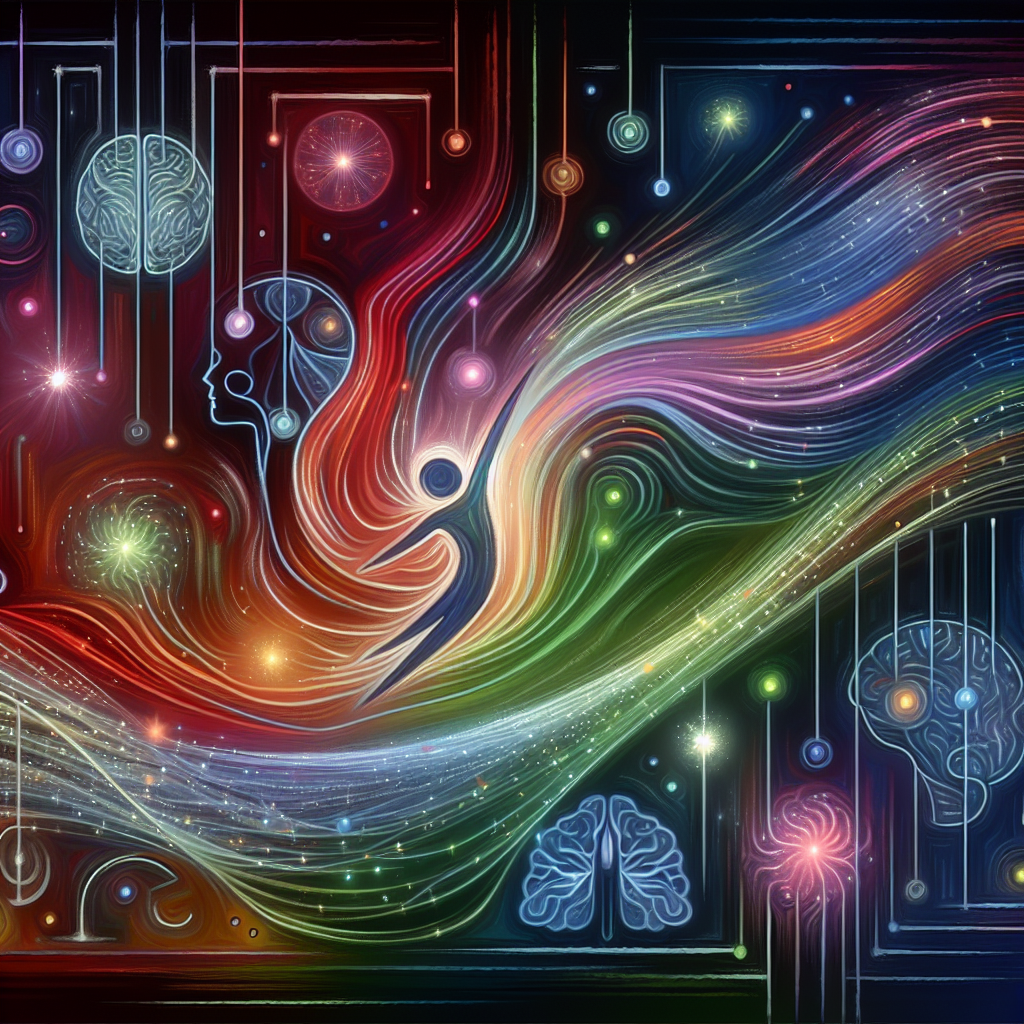
The Dance of Lights: Understanding Emotions and Movement in Autism Spectrum Disorders
— Introduction: The Bright Dance of Understanding Imagine you’re at a concert, lights dimmed, and suddenly the stage erupts with a cascade of dancing lights moving in harmony. It’s mesmerizing, right? Now, imagine these lights represent people as they move through daily activities. Surprisingly, researchers have discovered that understanding these symbolic light movements could unlock […]
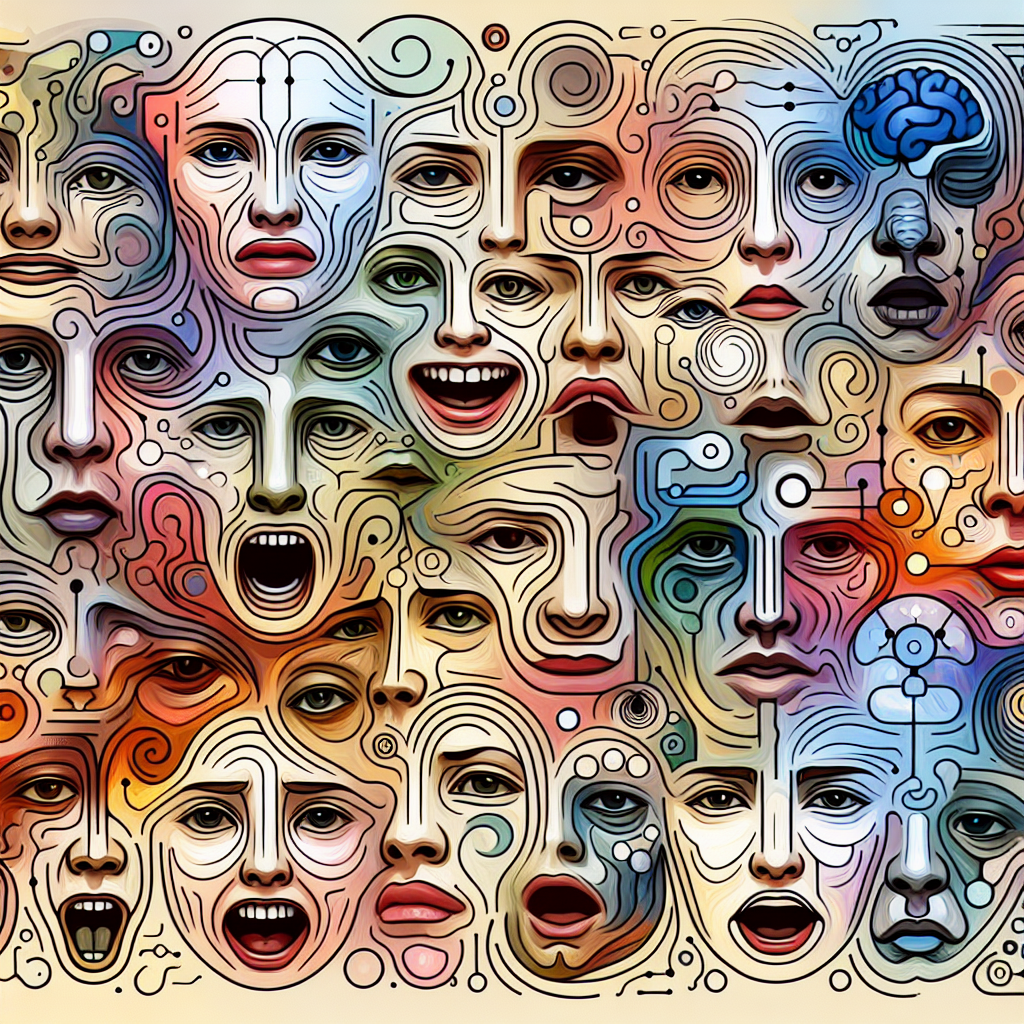
The Unseen Power of Faces: How We Detect Emotions Instinctively
Introduction Imagine walking into a room filled with people you don’t know. Immediately, even before exchanging words, you can sense who might be in a good mood, who seems upset, and who is indifferent. How do we perform this seemingly magical feat that allows us to decode expressions and understand the emotional states of others? […]
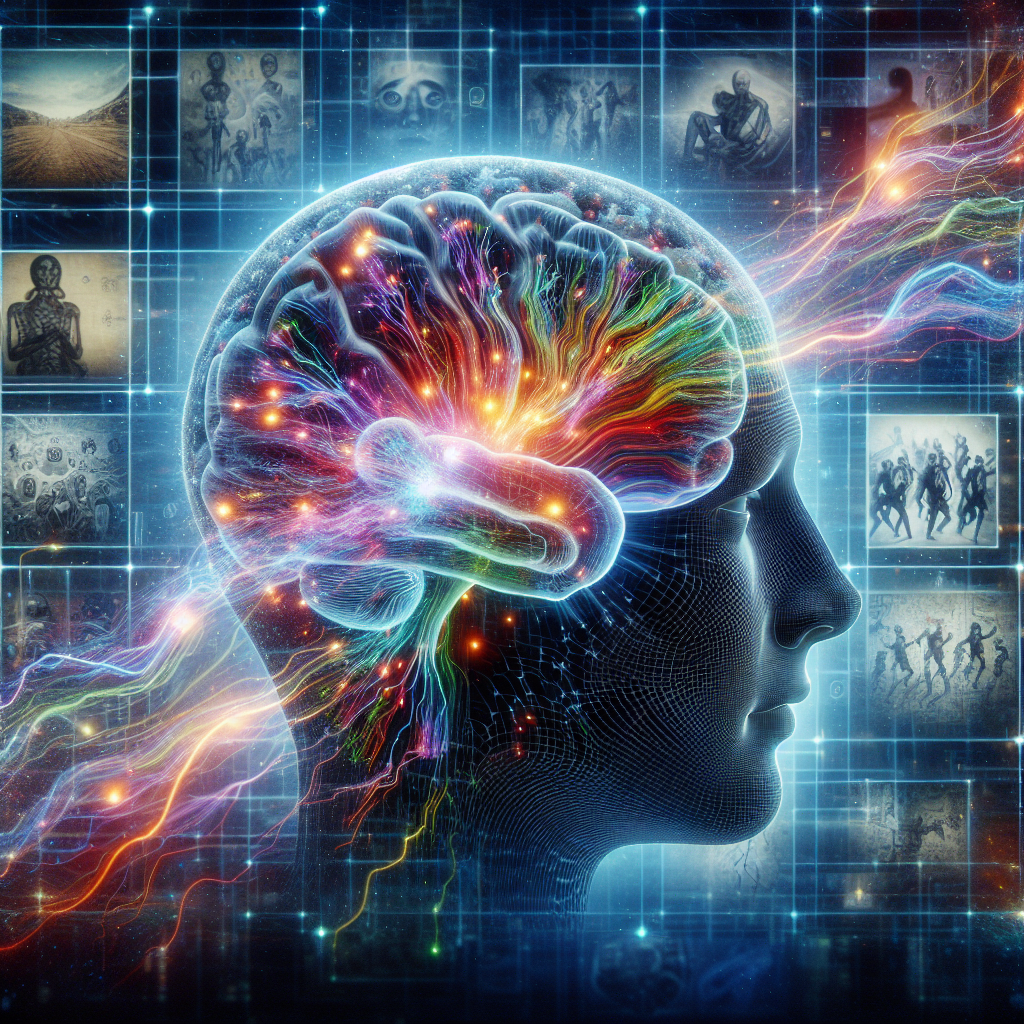
Seeing the Future: The Brain’s Secret to Predicting Motion
Introduction: Peering Into the Mind’s Crystal Ball Imagine standing on a busy street corner. As you wait to cross, your eyes and mind work in tandem, calculating the speed and direction of oncoming traffic, ensuring you navigate the bustling scene safely. But have you ever paused to consider the invisible processes occurring in your brain, […]
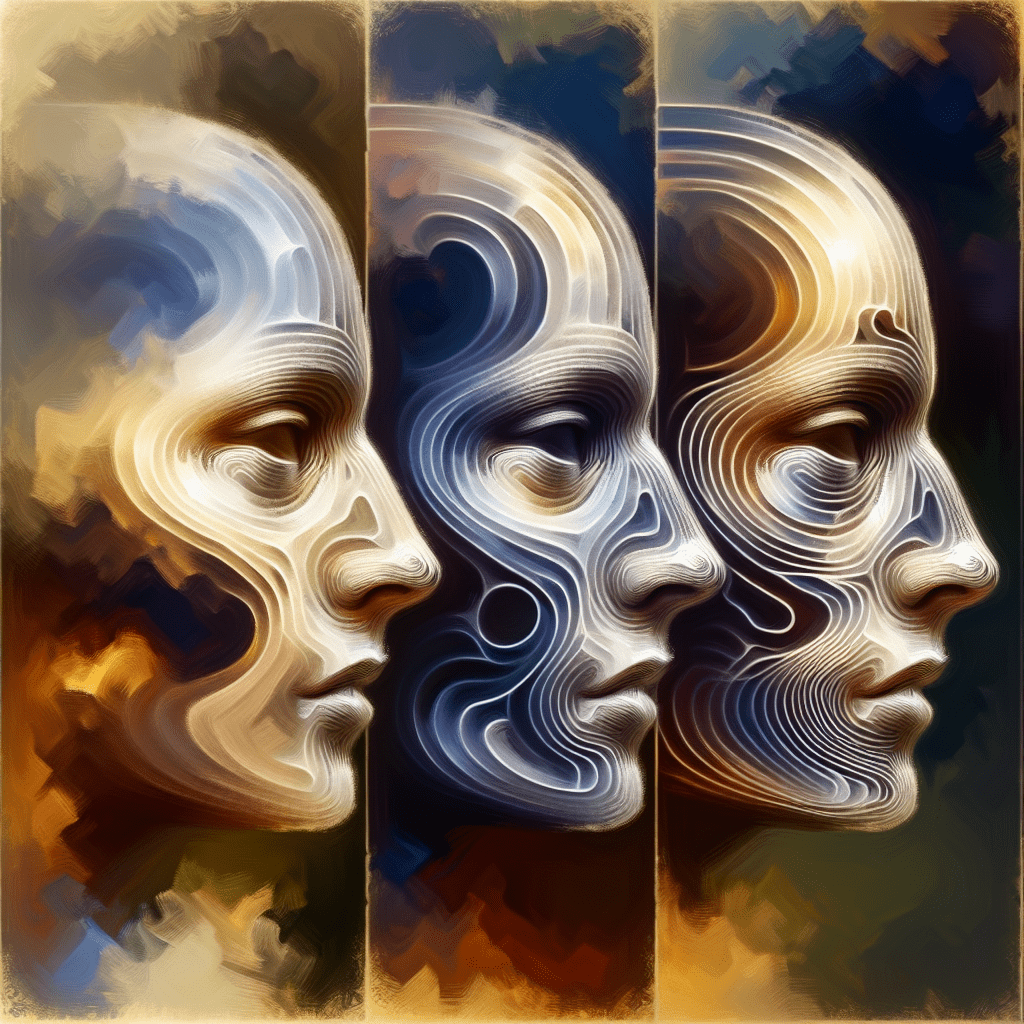
How We Gaze at Faces: The Journey from Start Position to Understanding
Introduction: Unveiling the Dance of the Eyes Imagine meeting someone new — what do you look at first? The eyes, perhaps? Or maybe the nose that lies in the middle of their face? These are not merely random choices; they’re guided by intricate mental processes. When we view faces, our eyes carefully choreograph a dance […]
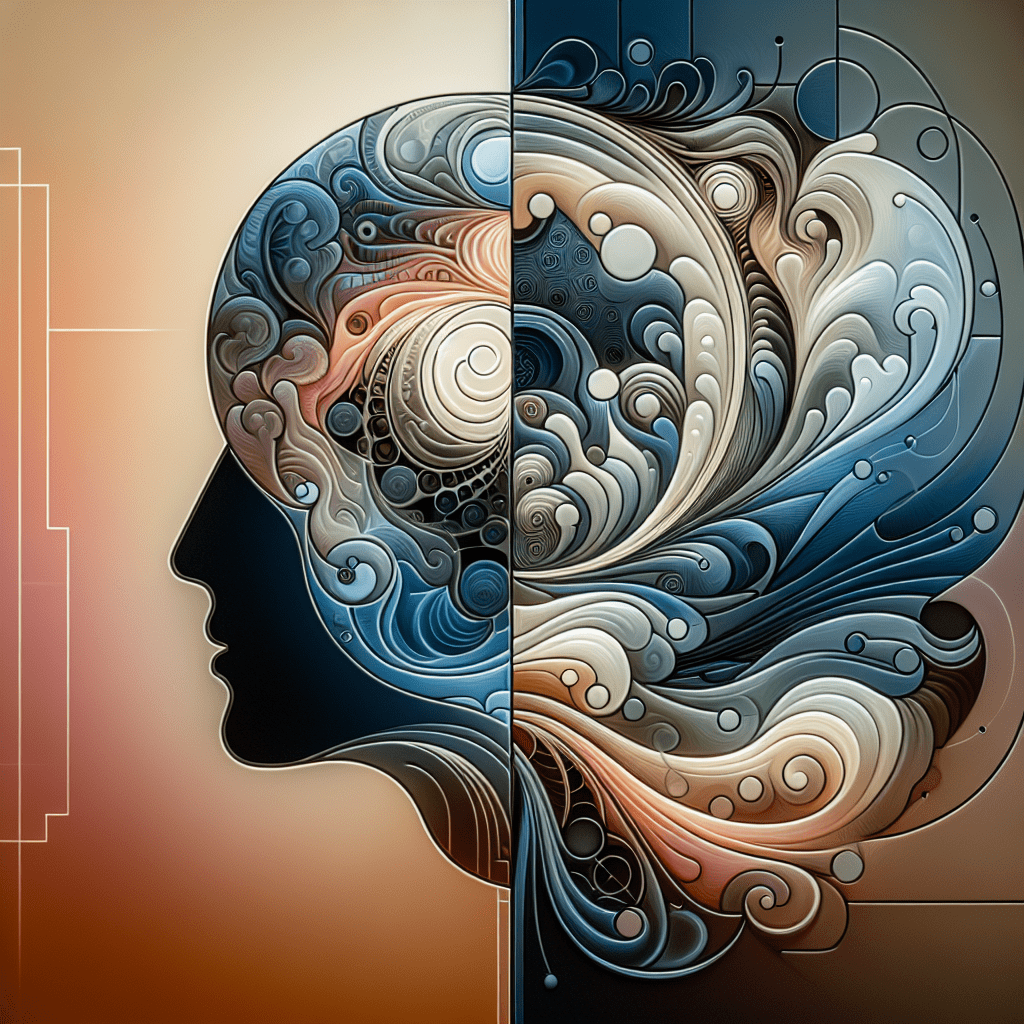
Decoding Our Minds: How We Tell Humans from Machines Without Words
Introduction: Gazing Into Minds Imagine a world where a simple gaze determines whether you’re interacting with a human or a machine. In social interactions, eye contact and gaze behavior can convey complex meanings, from attraction and interest to avoidance and distrust. This is the intriguing premise explored in the research paper, “A Non-Verbal Turing Test: […]
